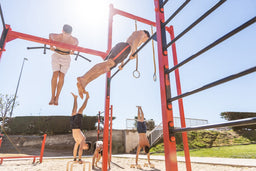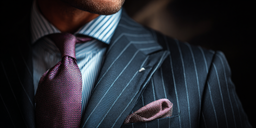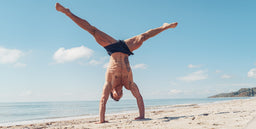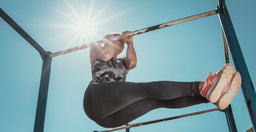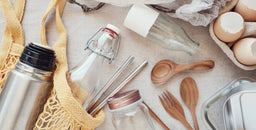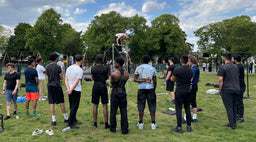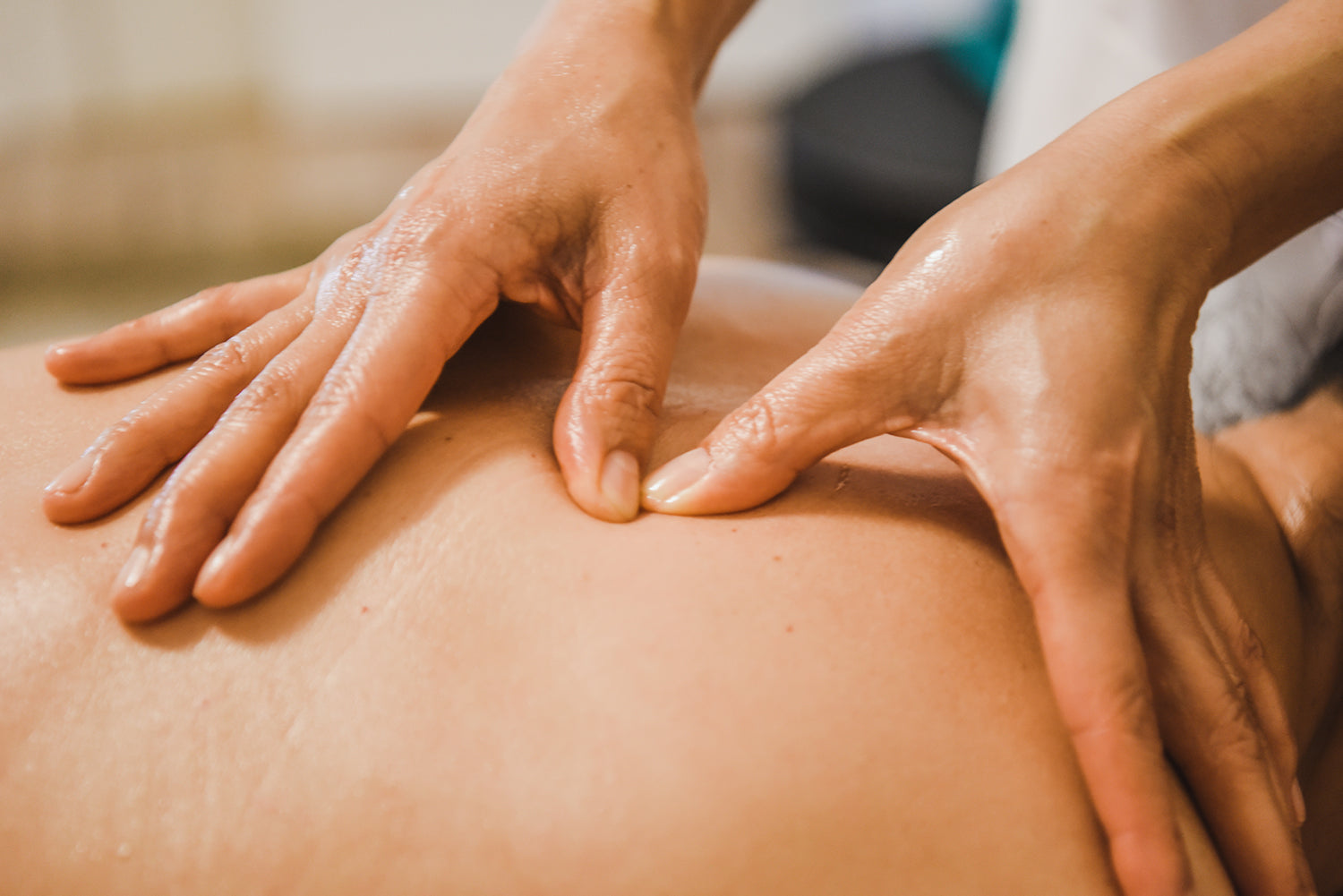
Weird Recovery Techniques That Go Beyond Soft Tissue Massage
Weird Recovery Techniques That Go Beyond Soft Tissue Massage
Sports massage can do wonders for your training and recovery, but there’s a world of soft tissue therapies beyond massage. Let’s look at 4 of the most popular.
Do you need soft tissue therapy?
When and why do people like us seek out sports massage? There’s the reactive reason: you’re really sore from training or you feel on the brink of an injury. But it’s also a great idea to use soft tissue work as a proactive practice, maintaining your muscles and movement quality to reduce your chance of injury, soreness, and stiffness.
Most of you reading this will be aware of massage therapy (sports massage, deep tissue massage etc). But there are lots of therapies that can be used alongside massage or separately to keep you moving freely.
These techniques may be better for tackling the underlying issues rather than just treating inflamed muscle tissue.
Fire cupping therapy
Cupping therapy is based on an old form of alternative medicine which uses suction to help with blood flow and getting into deep adhesions.
During cupping or fire cupping, the therapist puts special cups on your skin and momentarily uses a flame (on the cup, not on you!) to create suction. This is said to help get deeper into the tissues than massage alone, encouraging blood flow, bringing out toxins, and helping release deep adhesions and scar tissue from old injuries. Despite looking a bit scary, it’s actually very relaxing.
Should you try it?
If you feel that your regular sports massage doesn’t go deep enough, or if you’re suffering with an old injury that is affecting your range of movement, fire cupping (alongside massage) could be the advanced treatment you need. Just be aware that you’ll be left with red or purple marks on the area treated, and these can take a week or two to go away. Not something to have done the day before that red carpet awards event at work…
Graston Technique
Graston Technique is a manual therapy based on the gua sha technique from Chinese medicine. It involves using instruments to gently “scrape” the skin, to break up scar tissue and radically increase blood flow to the area.
Should you try it?
Graston Technique should be done alongside regular sports massage – it’s not a standalone technique that you would have done all over your body. Think of it as instrument-assisted soft tissue therapy. It can be really useful for deepening the effects of soft tissue work when you’re experiencing real stiffness or tightness in areas like the neck, traps, or even forearms. Yes, it’s a bit painful, but it definitely works.
Acupuncture
Another therapy with roots in ancient Chinese medicine, acupuncture can be used to assist sports massage therapy. Some people love it, some people don’t feel any benefit from it at all, but it’s worth a try if your pain seems resistant to other therapies.
Should you try it?
Most people seek out acupuncture for sports-related injury when other therapies have either stopped working, or aren’t working well enough. Acupuncture is painless and easily combined with massage, which can mean your therapist can build a better treatment plan than with massage alone.
Neuromuscular techniques
This is an advanced form of massage which works on restoring muscle tone by rebalancing neural pathways that have been impacted by pain, injury, or overtraining.
Should you try it?
If you can find a massage therapist that does neuromuscular work, it can be a great addition to normal sports massage. NMT is usually strong pressure on trigger points, and/or slower deep friction work. Expect a bit of discomfort, but you should be able to relax into the pain.




































